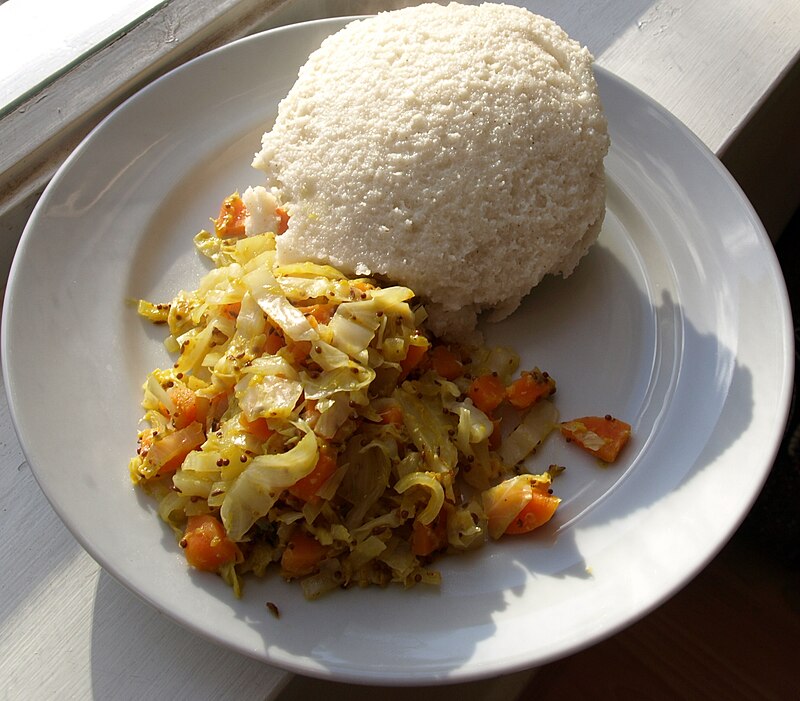Introduction: Uganda’s Rich Culinary Heritage
Uganda, a landlocked country in East Africa, is known for its diverse cultural heritage and natural beauty. The country’s cuisine reflects its rich history and cultural influences. Uganda’s traditional dishes are not only a source of national pride but also a testament to the country’s culinary heritage.
Historical Influences: From Pre-Colonial Times to Modern Day
Uganda, like other African countries, has a long history of cultural exchange with the Arab and Indian traders who brought their spices and cooking techniques to the region. The Portuguese, who arrived in the 16th century, also left their mark on Ugandan cuisine. However, it was the British who had the most significant influence on the country’s food culture during the colonial period. Ugandan cuisine has evolved over time, incorporating different cultural influences to create a unique culinary identity.
Traditional Ugandan Dishes: A Look into the Past
Ugandan cuisine is based on staples such as cassava, sweet potatoes, maize, and beans. Traditional dishes like matooke, a mashed banana dish, and posho, a paste made from maize flour, have been enjoyed for centuries. Other traditional dishes include groundnut stew, a peanut-based stew, and luwombo, a dish made with meat, chicken or fish, and wrapped in banana leaves before cooking.
Cultural Influences: How Uganda’s Cuisine Has Evolved
Uganda’s cuisine has evolved over time, adapting to the country’s changing cultural landscape. The Indian influence is evident in dishes like chapati, a flatbread, and samosas, while the Arab influence is seen in biryani, a rice dish. The British influence can be seen in dishes like roast beef, while the Portuguese influence is evident in dishes like espetada, a grilled meat dish.
Signature Dishes: A Taste of Uganda’s Culinary Delights
Uganda’s cuisine has several signature dishes that have become popular both locally and internationally. One such dish is matoke, a staple in Ugandan cuisine and a must-try for any visitor. Other signature dishes include ugali, a maize-based dish, and Rolex, a popular street food made with an omelette and chapati.
Conclusion: Uganda’s Cuisine, A Blend of the Old and the New
Uganda’s cuisine is a reflection of the country’s rich history and cultural diversity. The traditional dishes are a testament to the country’s culinary heritage, while the newer dishes reflect the changing cultural landscape. Uganda’s cuisine is a blend of old and new, reflecting the country’s ability to adapt and evolve over time. Whether you are a visitor or a local, Uganda’s cuisine offers a taste of the country’s unique culinary identity.

